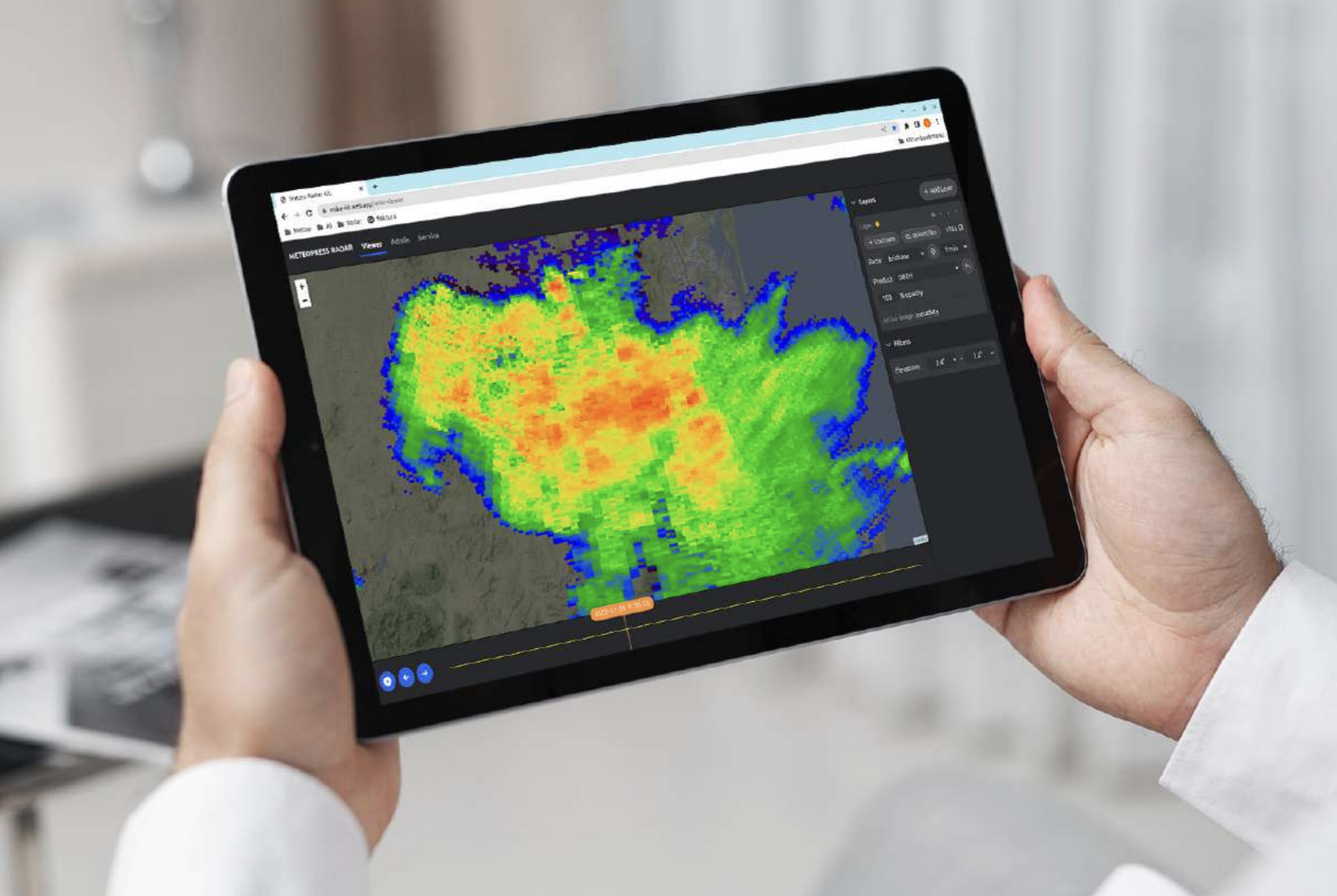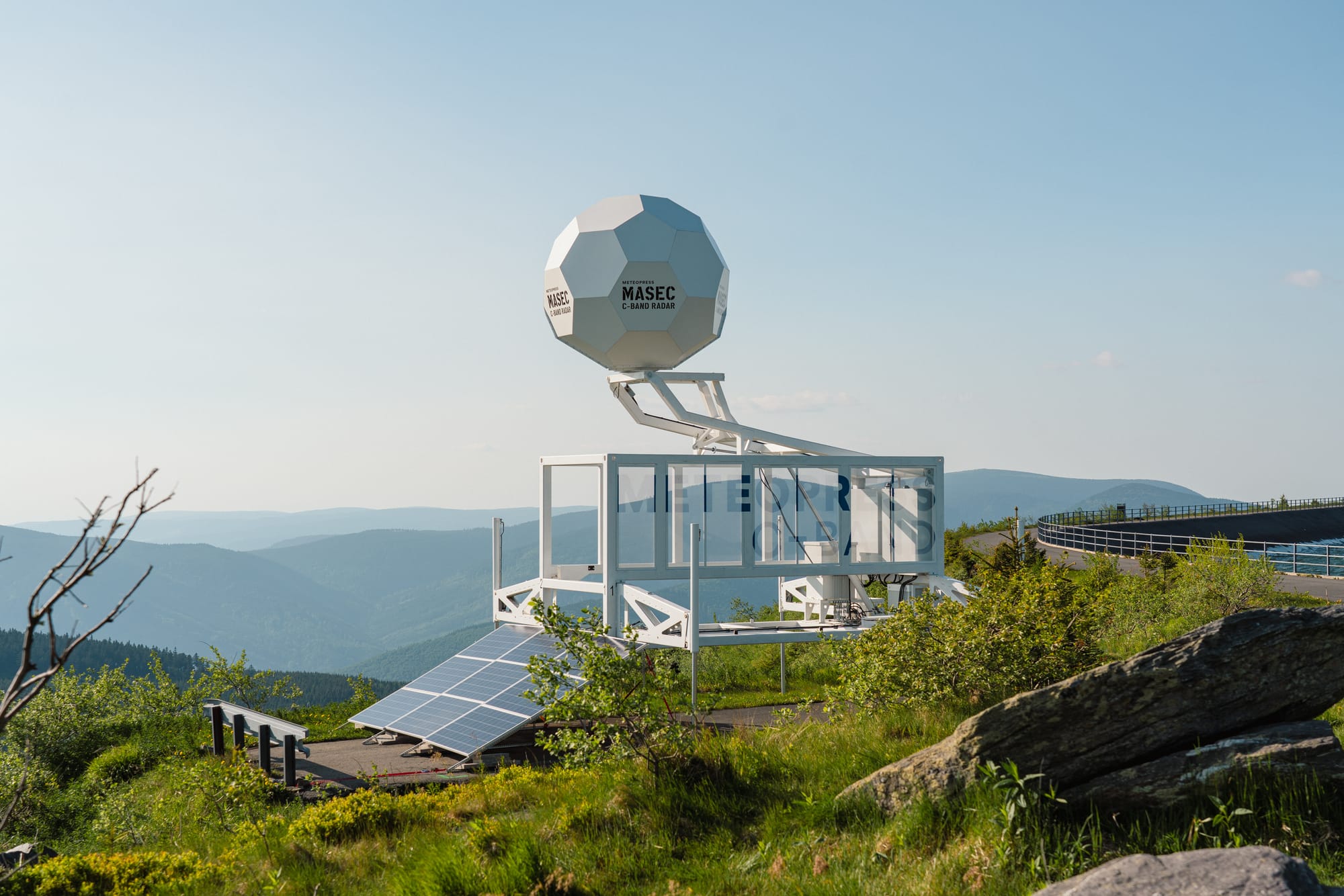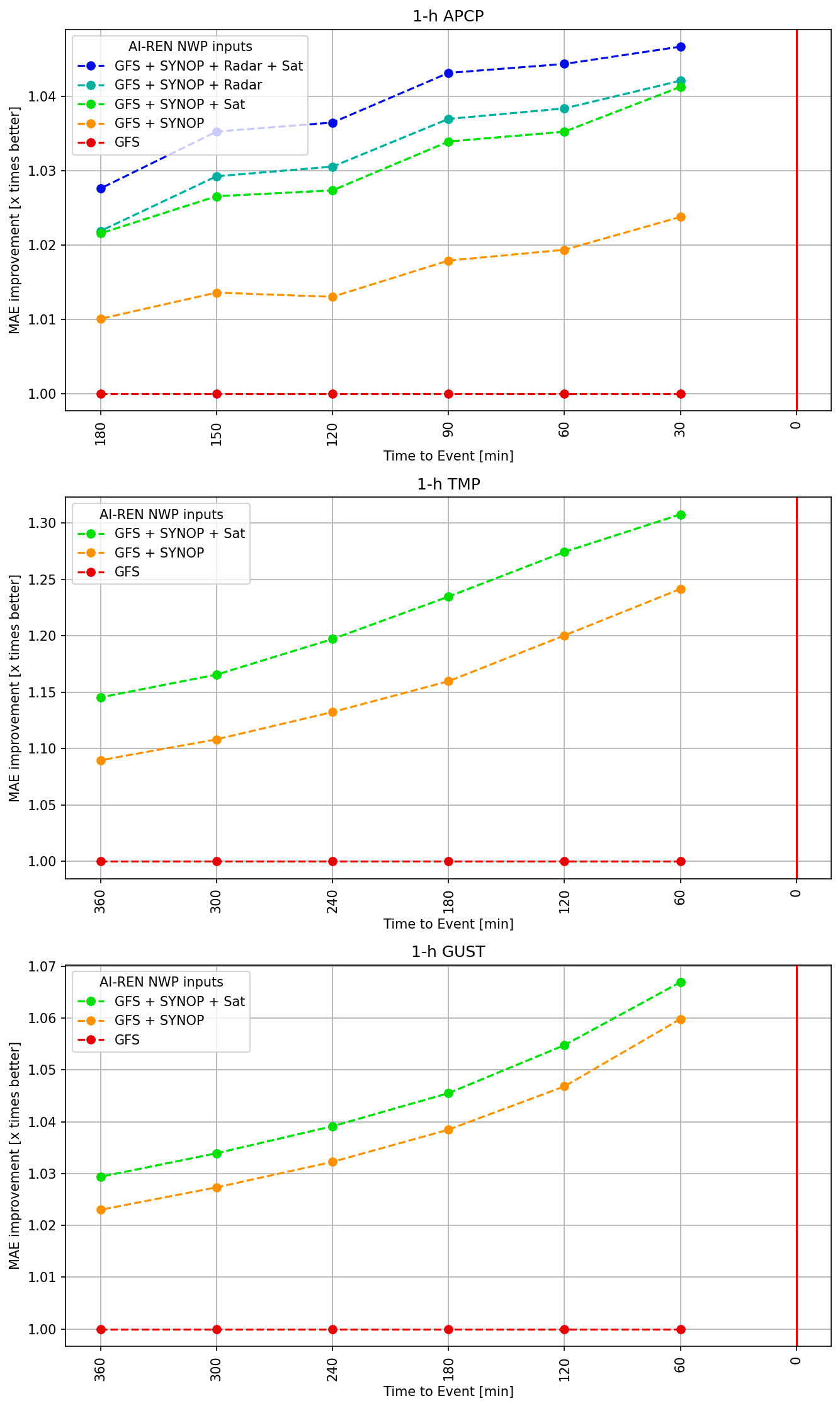Don't worry: Software does BITE!

The making of modern radar software
Radar for the 21st century must be software-based equipment. Analog devices are tools for hobbyists and old-timers. Modern equipment must be based on software and software is the brain of its operations. It needs to function as well as the radar hardware itself. But just like in the human brain, it has to play multiple roles at the same moment.
SW based radar
At the beginning of the radar chain, there is a signal generation. Unlike the old-fashioned tube-based radars, such as magnetrons, the signal is generated in a standard PC as a piece of code. The signal is called a chirp and if you played it live on speakers, it really would be a bird-like sound. This is when the AI comes in for the first time.
Meteopress AI-team fine-tuned the signal using advanced machine learning techniques and optimize it for the given piece of equipment and deployment location. The shape of the chirp affects the sensitivity, resolution and sidelobes. We tailor different chirps to different situations - very precise and sensitive clean-air scanning, or a high-resolution scanning of convective events. That is how we overcome the supposed drawbacks of the solid-state radars – range sidelobes and low sensitivity.
Instead of utilizing the traditional FPGAs, in Meteopress radars, the data acquisition card (A/D converter) sends raw radio data to the computer. The processing of this data is then handled as a standard computer program - which is easy to modify and develop further upon. Our engineers have implemented features, which make our radar stand out:
- Partial pulse correlation. Because the signal processing is done in software, we can adjust the pulse compression scheme to see targets in the feared solid-state radar blind range. Therefore, Meteopress radars, despite being solid-state, do not have the blind range problem, and they don't require "fill pulses" to solve the bling range.
- WiFi packet detection and filtering. Thanks to seeing wide raw radio data, we utilize a special technique for WiFi interference removal in C-band radars, and other sources of interference - base stations in the S-band and neighboring radars in the X-band.
- Infinite doppler. By envisioning a sophisticated signal transmission scheme, Meteopress radar can extract velocities far surpassing the classic range-doppler dilemma.
Thanks to these raw data being in a simple and accessible format, the Meteopress radar is also a great tool for researchers wishing to implement new groundbreaking algorithms themselves.

Modern SW architecture and languages
All of Meteopress software combines only open SW and in-house technologies, making the radar system fully modifiable to meet any requirement. The modern technological stack, comprising Python and C++ for data processing, a JavaScript UI interface, and a WebGL visualization layer, unlocks possibilities for rich data analysis and open programming interfaces offer unlimited possibilities for our customers and external developers.
The software's deployment options are versatile, ranging from an installable desktop application and a remote web-based service to a public viewer or closed, highly secure systems. An interactive map-based environment or true live sweep data connected via real-time websockets allows the observation of data measurements with only a fraction of a second's delay.

Our SW does BITE
Knowing the status of your equipment at any given moment is key for uninterrupted operations and full customer satisfaction. Meteopress radars are monitored live at every stage of the process by every aspect of its operations. We measure not only temperatures, and electric currents, but also live transmitted signals, received signals, computational power, etc.
We also use internal microphones, AI-powered cameras and infrared cameras to detect any possible malfunctions. If any irregularities are detected, notifications are sent to our control and command center in Prague, Czech Republic and to the client via the chosen method - API, email, Slack, WhatsApp, SMS or other.
Unlimited Software Licenses
The umbrella software for Meteopress radars is called Standard Meteorological Radar Toolkit. It gives clients full and secure control over the radar. It includes setting the radar scanning strategy, observing live radar data, and checking the status of the radar through the above-mentioned BITE SW.
In order to get the most out of the radar for the largest audience, Meteopress does not limit the number of users by licenses. Also through our software, you can access the live IQ data, record and store them on the radar, download them to your system and replay them with different signal processing settings, making reanalysis possible. The radar comes by default equipped with storage for several days of I/Q data recording.

Rapid deployment radars
Meteopress radars are known for their rapid deployment. Tower radars are deployed within 1 day, mobile C-band radar MASEC is deployed within 10 minutes including its 7-meter hydraulic tower. Radar needs to start measuring immediately.
First, the hardware needs to get ready. The radar is oriented using a built-in GPS and magnetic north sensor and automated sun scanning is executed to precisely align the geometry. This sun scanning also checks that the antenna is assembled correctly and that the receiver works. Once the hardware is ready (which takes only a few minutes), the software magic begins.
Adaptive clutter maps are inferred automatically and real-time during the first radar rotation. Each location has different specifics regarding noise level and local interference. The radar automatically adopts all signal processing offsets and thresholds to precisely measure the whole set of weather features both instantly after the installation and reliably in the long term. Each radar moment is self-calibrated within the software signal processor, providing true low-maintenance operations.

Perks of SW-based radar - Remote Radar Fixes Possible
But Meteopress goes beyond just knowing something is wrong. In our radars, we deploy an equipment we call a Remote Protection Box - ReProBox. This equipment's main task is to allow independent direct access to every radar component at any given moment.
Meteopress's ReProBox contains a microcomputer with a Linux operating system, an independent internet connection and an independent power supply and battery. When legacy radars were unexpectedly down, it was impossible to know what was the reason for such a stoppage. It could have been that some key component of the equipment was down. But more often the reason was simply that the electricity or internet connection was faulty.
Now with our ReProBox with its independent concept, we can access the radar, check its connections and find out which part is at fault. What's more, as Meteopress radar is SW-based, we can access each individual component of the radar through its firmware, adjust it, upgrade or downgrade it in order to put it back on-line.

AI Caramba! NWP with AI!
AI is such an over-used abbreviation and buzzword, that it almost becomes a forbidden word nowadays. In Meteopress, we pride ourselves on having the best team in the world when it comes to using AI in meteorology. We don't just talk the talk, we walk the walk. Our team has won the coveted AI weather award in the past and continues on the marked path.
Meteopress AI Radar Nowcasting - an advanced AI radar image nowcasting system that delivers an increased precision by at least 20-50% compared to the standard optical flow methods. Utilizing the potential of neural networks, it provides the world's most precise radar nowcasting by directly forecasting radar echo. The system features a state-of-the-art 90-minute radar nowcasting capability, built on deep physics-constrained recurrent convolutional neural networks (CNNs) and GANs.

AI Severe Nowcasting - a proprietary software based on neural networks that detects and tracks storm cells, predicting their movement, growth, and decay. The system's output is available through a GUI or API connector. The GUI is designed to provide forecasters with an additional tool and source of information to issue severe weather warnings. The API can connect to other applications, such as iOS or Android apps, delivering precise warnings directly to end-users.
But the holy grail of AI usage in meteorology is to use it in weather models. There are dozens of teams around the world trying to crack this. Meteopress team has decided to utilize the strengths of the AI, which is to recognize the patterns and quickly recalculate the results.
Enter AIREN-NWP, a novel solution combining the strengths of rapidly-updated AI nowcasts with meteorological expertise and robustness of NWP. It uses data like synoptic scale meteorological station measurements (from here on referred to as SYNOP) as well as radar and satellite imagery to post-process NWP forecasts, delivering:
- Accuracy - Enhancing accuracy by correcting biases in NWP forecasts and integrating the latest real-time data from diverse sources.
- Resolution - Providing more detailed predictions, like a 1-hour time step improved from the 3-hour step of the input GFS data.
- Updates - Computing new, more accurate predictions as often as the relevant data real-world update becomes available.
AIREN-NWP can be tailored to use any NWP model and any combination of relevant input data, empowering the recipients of its predictions to navigate even the most unpredictable weather scenarios with greater confidence and readiness.

For more information about our AIREN-NWP see our article AIREN-NWP Revolutionizes Short-Term Weather Forecasting.